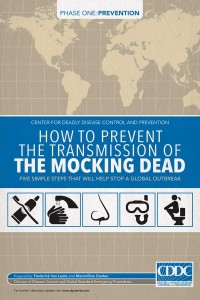 Mahatma Gandhi once said about fighting The Man: ” First they ignore you, then they laugh at you, then they fight you, then you win.” And that’s a fine addage to remember when you’re being hosed down with pepper spray by some armored riot cop due to your belief that everyone should eat tofurkey or something, but it doesn’t really apply to big genre trends. In fact, the opposite is true: first some nifty geek thing takes the world by storm (hi, Twilight!). Then people start actively complaining that they’re sick of hearing about that trend. Then come the parodies, and finally the thing goes back underground, never to be mentioned again except on obscure fan and slashfic sites.
Mahatma Gandhi once said about fighting The Man: ” First they ignore you, then they laugh at you, then they fight you, then you win.” And that’s a fine addage to remember when you’re being hosed down with pepper spray by some armored riot cop due to your belief that everyone should eat tofurkey or something, but it doesn’t really apply to big genre trends. In fact, the opposite is true: first some nifty geek thing takes the world by storm (hi, Twilight!). Then people start actively complaining that they’re sick of hearing about that trend. Then come the parodies, and finally the thing goes back underground, never to be mentioned again except on obscure fan and slashfic sites.
And I can hear what you’re saying: “Rob,” you’re saying, “How dare you sully the good name of Mahatma Gandhi by mentioning it on this Web site? You’re not fit to carry this great man’s diaper!” Well, I’ll concede that you have a point, or at least I will if it gets me out of carrying a giant diaper, but I do have a point. And that point is that zombies have been front and center of the geek consciousness arguably since Danny Boyle’s 28 Days Later was released in 2002, penetrating into movies, comic books and television like few recent monsters that don’t sparkle. And for the past couple of years, more and more people have been grumbling that they’re sick of zombie stories – not me; I don’t think I’ll ever get sick of seeing people being eaten while society crumbles around them, but a lot of people.
And now come the parodies, specifically, this week’s The Mocking Dead, by writer of a bunch of the Marvel Zombies miniseries Fred Van Lente and artist Max Dunbar, which not only pokes fun at the public’s zombie apocalypse fascination, but at the people who are fascinated by zombies. And if this is, in fact, a sign that zombies are that far along on the Reverse-Gandhi Geek Continuum (Trademark me! I own that phrase, and al the subsidiary rights!), well, Robert Kirkman better open a savings account and hose off his diaper bucket.
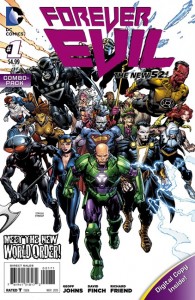
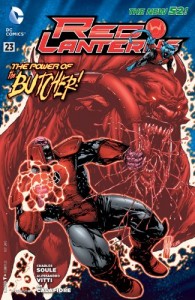
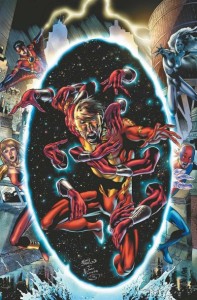
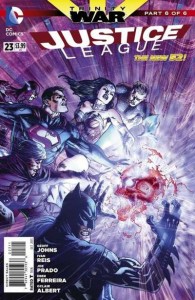
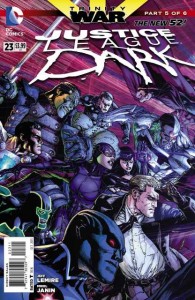
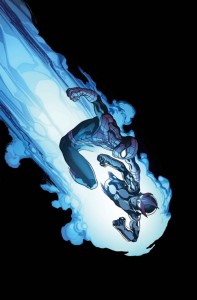
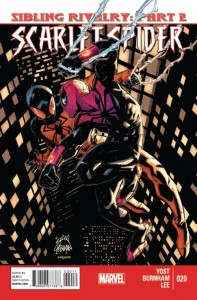
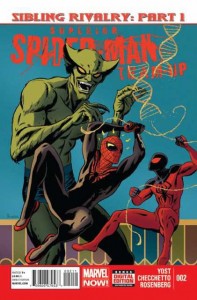
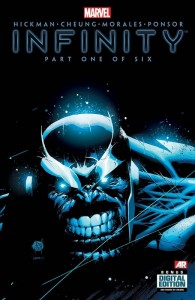
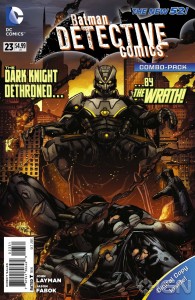
 Podcast RSS Feed
Podcast RSS Feed iTunes
iTunes Google Play
Google Play Stitcher
Stitcher TuneIn Radio
TuneIn Radio Android
Android Miro Media Player
Miro Media Player Comics Podcast Network
Comics Podcast Network